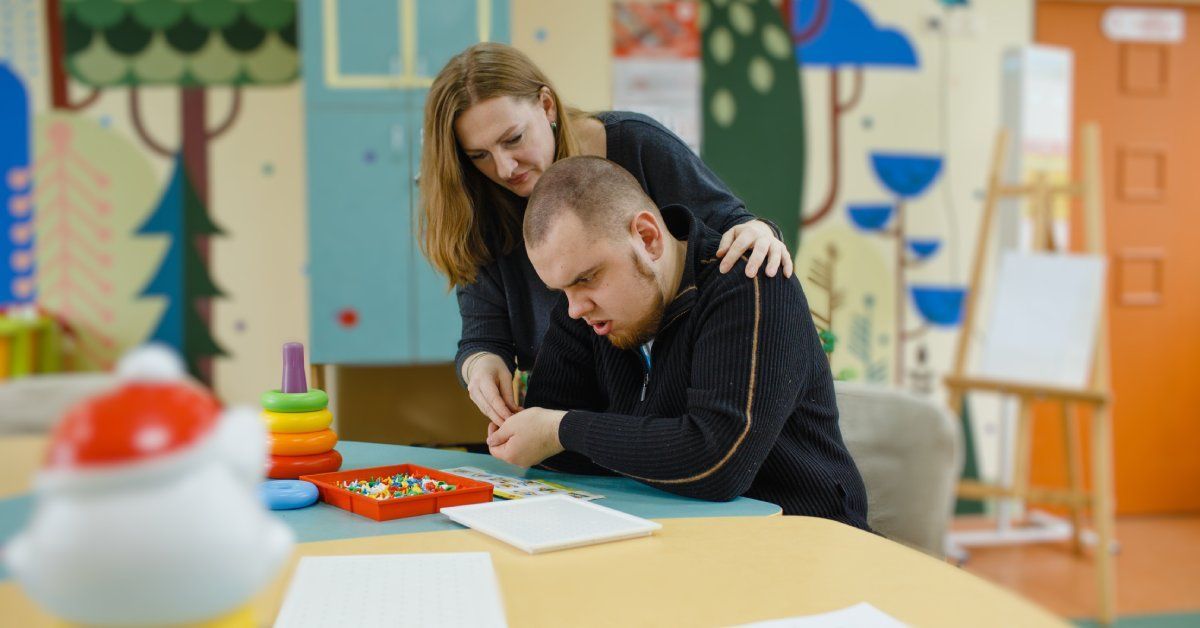What Is a Registered Behavior Technician (RBT)?
Navigating the world of therapy for children with autism can be overwhelming for parents and caregivers. There’s an array of therapeutic options, and understanding the roles of all the professionals involved can feel like a daunting task. For families exploring applied behavior analysis (ABA) therapy as an option, it’s crucial to learn about the people who help this evidence-based approach work. One such essential professional is the Registered Behavior Technician (RBT). But what is a Registered Behavior Technician , and how do they fit into the care team supporting your child?
Here’s an in-depth look at the role RBTs play in ABA therapy, how they support your child’s progress, and why understanding this role is so important for your family.
What Is a Registered Behavior Technician?
An RBT is a credentialed professional who delivers therapy services to children. While they work directly with children, they do so under the supervision of a Board-Certified Behavior Analyst (BCBA), who designs and oversees the care plan.
An RBT plays a hands-on role in successful ABA therapy. This form of therapy is an evidence-based approach that helps children with autism and other developmental challenges. It centers on understanding behavior, improving specific skills, and reducing behaviors that interfere with learning in daily life. Unlike one-size-fits-all solutions, ABA therapy is highly individualized. Care plans meet a child’s unique strengths, needs, and developmental goals.
RBTs bridge the gap between plans set by BCBAs and the real-life implementation needed to help children thrive. They’re responsible for carrying out strategies, reinforcing positive behaviors, and monitoring progress. Beyond their technical duties, RBTs foster meaningful connections with children, offering stability, encouragement, and trust.
Training and Certification Requirements
Parents and caregivers can feel confident knowing that RBTs undergo rigorous training and certification to ensure they’re ready to take on the vital responsibilities of the role. To become an RBT, candidates must complete several important steps. First, they must undertake a comprehensive 40-hour training program that equips them with the foundational knowledge of ABA techniques and ethics.
Following that, they must pass a competency assessment, where they demonstrate their ability to perform various tasks essential for therapy sessions. They also undergo a thorough background check so they meet high standards of professionalism and reliability. Finally, RBTs sit for a specialized exam to formally earn their certification.
Importantly, the learning doesn’t stop once achieving certification. RBTs are required to work under ongoing supervision and commit to continuous professional development so they’re always enhancing their skills and staying updated on the latest advancements in the field.
What Does an RBT Do During Therapy Sessions?

A typical day for an RBT involves a mix of structured plans and the unique, dynamic interactions that come with supporting children. Most of their time is spent implementing behavior support plans created by the supervising BCBA. These plans are designed to address specific needs and goals, whether that’s developing communication skills, teaching daily living tasks, or fostering social interactions.
Another crucial aspect of an RBT’s job is collecting and recording data in real time. This process is vital because it offers measurable insights into a child’s progress and helps the BCBA refine strategies as needed. RBTs also keep therapy sessions engaging and meaningful by integrating play-based strategies.
What makes RBTs truly special is their ability to connect with children on a personal level. They bring patience and creativity into their sessions, celebrating small milestones, gently guiding children through challenges, and creating a nurturing environment where growth feels achievable and exciting.
How RBTs Work With Families
ABA therapy is most effective when it’s not limited to clinical sessions. For this reason, collaboration with families is a fundamental part of an RBT’s role. RBTs share regular updates and observations from therapy sessions with parents and caregivers. This transparency helps families feel empowered and informed about their child’s progress.
Beyond updates, RBTs also provide guidance on how parents and caregivers can reinforce strategies and skills across everyday environments. Whether it’s at home, school, or on a playdate, having consistent support networks boosts therapy outcomes. Families can rely on RBTs as partners who care deeply about their child’s success.
Why the RBT Role Matters in ABA Therapy
While ABA therapy is one of the most researched and established methods for supporting children with autism, it’s the dedicated professionals within these programs who truly make the difference. RBTs provide consistent, high-quality care that serves as the backbone of progress for many children. They’re the ones in the trenches, turning care plans into actionable steps and ensuring that families feel supported along the way.
RBTs also contribute to long-term growth by laying a foundation of trust and consistency. Their data collection and implementation of evidence-based strategies help create a clear path toward developmental milestones. Compassionate, skilled, and well-trained, RBTs play an irreplaceable role in the ABA therapy team.
Choosing an ABA Therapy Center With Qualified RBTs

Given the crucial role that RBTs play, families must choose an ABA therapy center that prioritizes quality and care. Look for a facility with properly credentialed RBTs who receive ongoing supervision from experienced BCBAs. Your child will benefit from up-to-date practices and a consistent standard of care.
Additionally, the best therapy centers take a family-centered approach, fostering open communication and collaboration. As a parent, you should feel like a valued part of the care team, with regular opportunities to provide input and receive feedback. Choosing a trusted therapy center with skilled RBTs can make a profound difference in your child’s therapy experience and outcomes.
Empower Your Child With the Right Support
Navigating your child’s care can feel overwhelming, especially when trying to piece together all the roles and responsibilities within a therapy team. But now that you know what an RBT is and how they contribute to your child’s growth, you’re better equipped to make informed decisions.
Remember, every question you ask and every effort you make to understand your child’s care team brings you one step closer to supporting their bright future. With compassionate RBTs, an evidence-based approach like ABA therapy, and a dedicated care center, progress and hope are always within reach.






